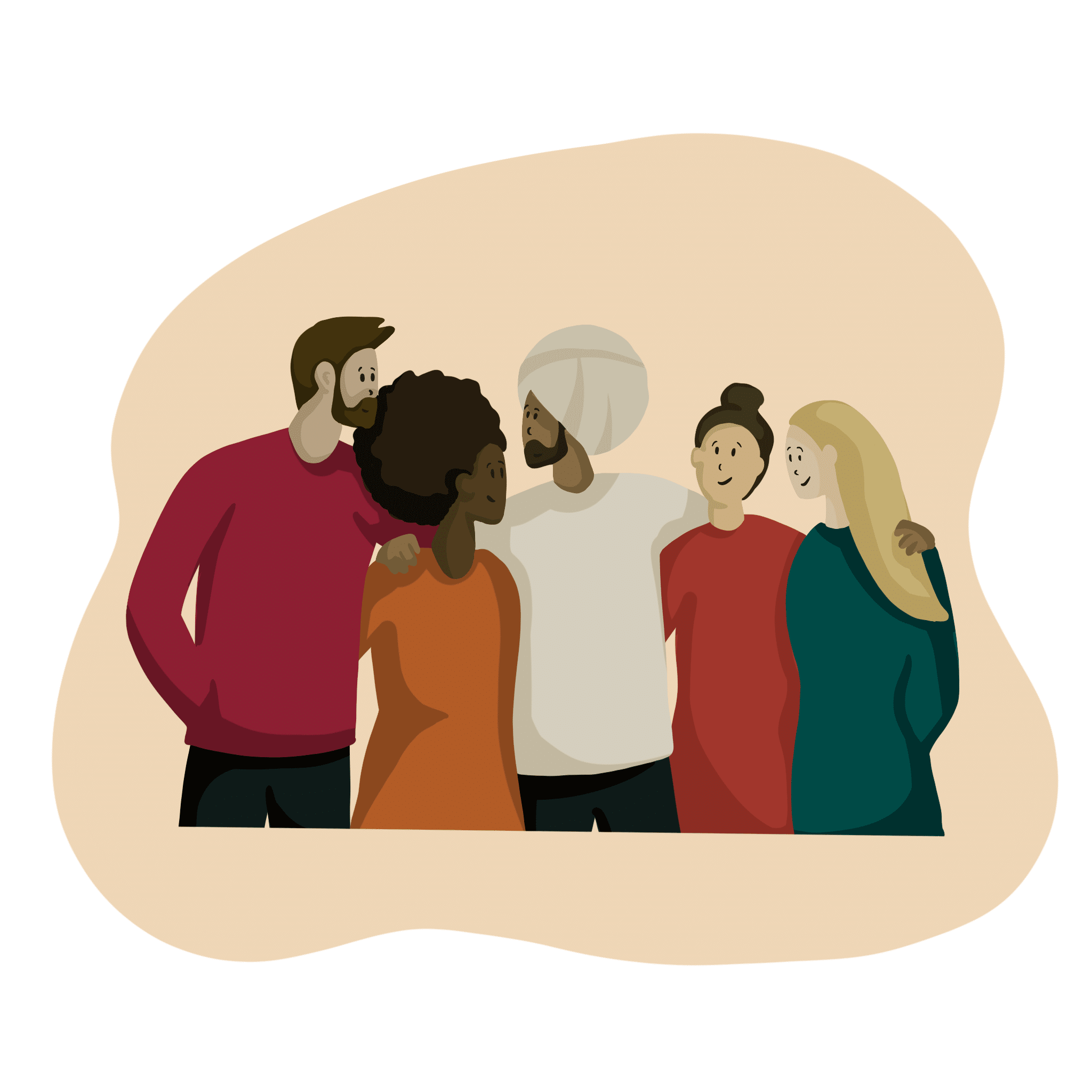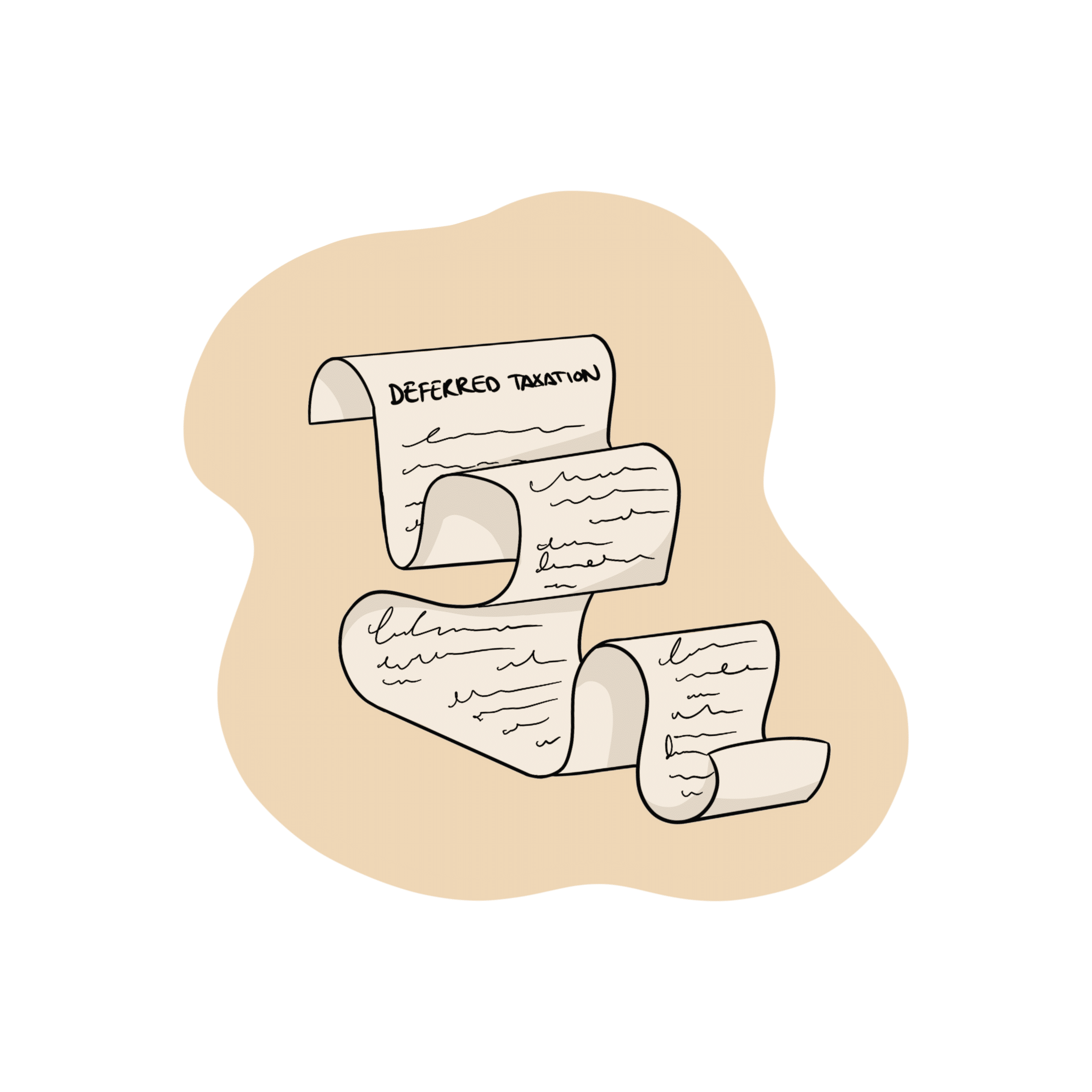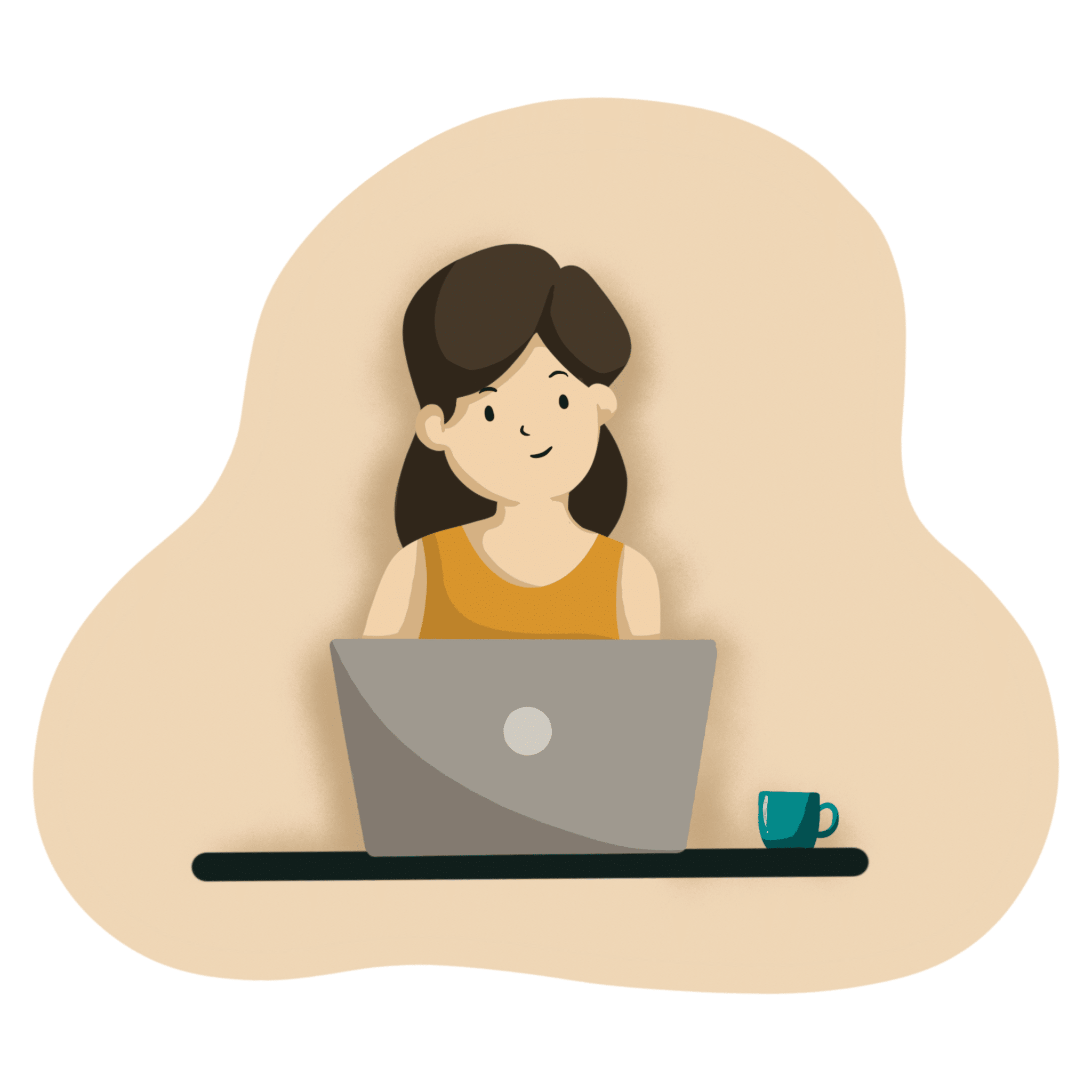Marketing graphic design focuses on promoting a brand’s product in the most visually appealing way possible while communicating the company’s visual identity. The marketing professionals at GCS Malta discuss the elements of Graphic design in this article.
Why is design important in your marketing efforts?
While many companies try to design everything themselves instead of hiring a graphic designer, many of them fall short when it comes to their designs. Poor designs can negatively affect your entire brand—bad designs make for bad marketing. Contrastingly, having great designs establishes your brand identity and increases visibility.
The elements of graphic design
The elements of design are essential for every visual medium. Although they might not seem as important separately, these basic elements together form every visual we encounter on a day-to-day basis.
Line
A line is an element of design defined by a point moving in space. Designers can change the form, context, weight and length to convey different messages and emotions. The options are endless, so designers must consider carefully how to use lines according to their goals.
Shape
A shape is a two-dimensional area with boundaries formed by lines. There are two types of shapes:
- Geometric – include two-dimensional or three-dimensional forms created by a set of points connected by curved/straight lines such as circles, cubes, rectangles, ellipses etc.
- Organic – can be symmetrical or asymmetrical and less uniform than geometric shapes such as abstract shapes, blobs, leaves etc.
Choosing shapes will determine the message you communicate—fun or serious.
Colour
Colour plays a significant role in communicating moods and evoking emotional responses. Graphic designers pick their colours according to colour psychology and the following:
| characteristics | categories | harmonies |
| hue – the colour family | primary colours – red, yellow, blue | complementary colours – lie opposite one another on the colour wheel |
| value – how light/dark | secondary colours – orange, green, violet | analogous colour schemes – lie next to one another on the colour wheel |
| Saturation – the purity | tertiary colours – the six colours resulting from mixing two primary colours | triad colour schemes – evenly spaced around the colour wheel |
| Split-complementary colour schemes – base colour and two colours that are next to its complementary colour | ||
| tetradic/rectangular colour schemes – two sets of complementary colours | ||
| Square colour schemes – four colours that create a square on the colour wheel |
Type
Designers can choose an existing font or create new typography according to the project. Depending on the weight of the lettering, you can express a specific message, such as using thick letters to convey importance.
Texture
The texture is the feel of something—smooth, rough, glossy. Graphic designers experiment with different textures to allow viewers to envision how the work would feel.
Space
Space is the empty area between elements in the design. Designers make use of space to balance out heavy elements, emphasise a particular message, etc. Typically, designers refer to two types of spaces:
- Positive space – the space occupied by the main elements the designer wants to emphasise
- Negative space – the rest of the design, including the background
Why GCS Malta?
At GCS Malta, our marketing team aims to take your campaign to the next level. From design and branding to SEO, our marketers are here to help your business grow. Contact us today for more information.
Article by Sarah Jane Gauci







